China : Unmatched Growth and Innovation
China holds a commanding market share of 40% in the APAC geofencing sector, valued at $800.0 million. Key growth drivers include rapid urbanization, a booming e-commerce sector, and increasing smartphone penetration. The demand for location-based services is surging, supported by government initiatives promoting smart city developments. Regulatory policies are becoming more favorable, enhancing infrastructure and industrial capabilities, particularly in tech hubs like Beijing and Shanghai.
India : Tech Adoption Fuels Growth
India's geofencing market is valued at $500.0 million, capturing 25% of the APAC share. The growth is driven by increasing smartphone usage, a young population, and a surge in digital marketing. Demand for personalized customer experiences is rising, supported by government initiatives like Digital India. The infrastructure development in urban areas is enhancing connectivity, making geofencing solutions more accessible.
Japan : Innovation Meets Tradition
Japan's geofencing market is valued at $400.0 million, representing 20% of the APAC market. The growth is fueled by advanced technology adoption and a strong retail sector. Demand for precision marketing and customer engagement is increasing, supported by government policies promoting digital transformation. The country's robust infrastructure and high internet penetration facilitate the implementation of geofencing solutions.
South Korea : Smart Solutions for Urban Areas
South Korea's geofencing market is valued at $300.0 million, accounting for 15% of the APAC share. Key growth drivers include high smartphone penetration and a tech-savvy population. The demand for location-based services is rising, supported by government initiatives for smart city projects. The competitive landscape features major players like Samsung and LG, enhancing the local business environment.
Malaysia : Growth in Digital Services
Malaysia's geofencing market is valued at $100.0 million, capturing 5% of the APAC market. The growth is driven by increasing smartphone adoption and a growing e-commerce sector. Demand for targeted marketing solutions is rising, supported by government initiatives to boost digital economy. Urban centers like Kuala Lumpur are key markets, with infrastructure improvements enhancing service delivery.
Thailand : Tourism and Retail Focus
Thailand's geofencing market is valued at $80.0 million, representing 4% of the APAC share. The growth is driven by the tourism sector and increasing retail digitalization. Demand for location-based marketing is rising, supported by government initiatives to enhance tourism experiences. Key cities like Bangkok are pivotal markets, with local players adapting to the competitive landscape.
Indonesia : Potential in Emerging Markets
Indonesia's geofencing market is valued at $60.0 million, accounting for 3% of the APAC market. The growth is driven by increasing smartphone penetration and a burgeoning digital economy. Demand for location-based services is rising, supported by government initiatives to improve digital infrastructure. Key cities like Jakarta are central to market dynamics, with local players emerging in the competitive landscape.
Rest of APAC : Varied Growth Across Regions
The Rest of APAC geofencing market is valued at $400.0 million, capturing 20% of the overall market. Growth drivers include varying levels of digital adoption and infrastructure development across countries. Demand for geofencing solutions is increasing, supported by local government initiatives. The competitive landscape features both global and regional players, adapting to local market needs.


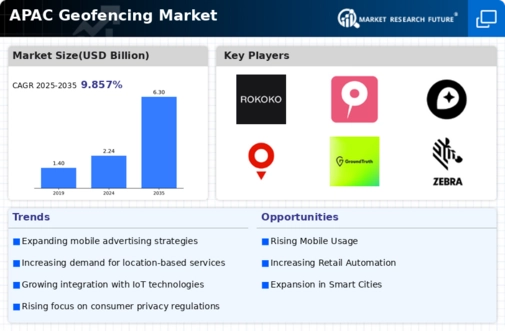
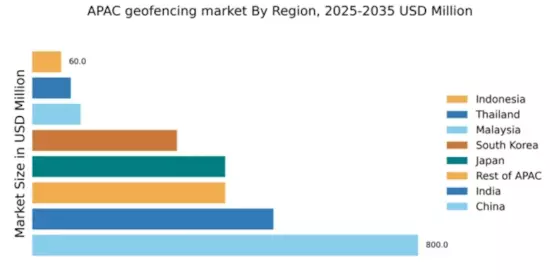
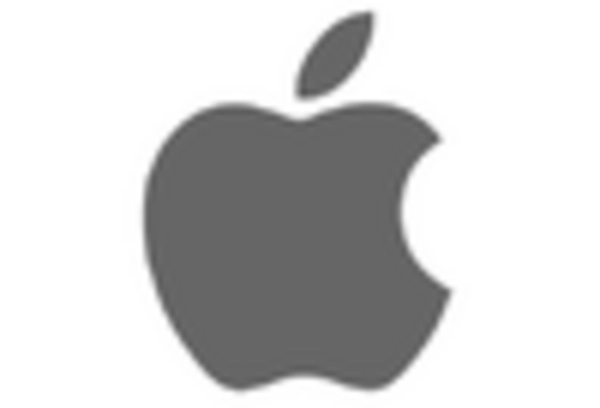
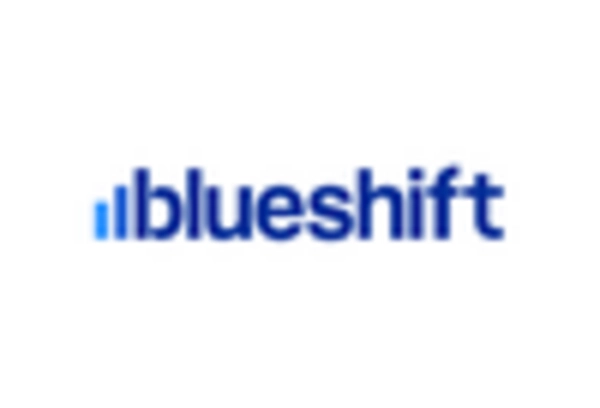
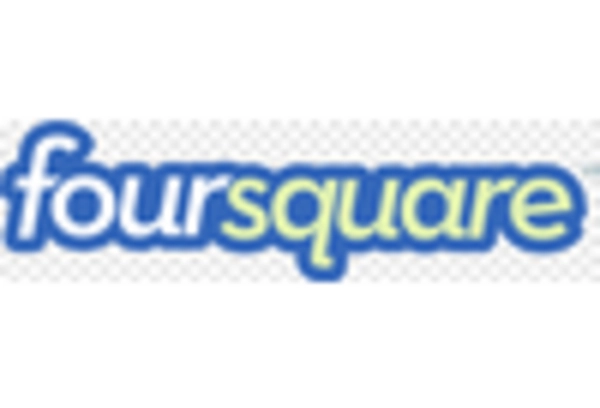











Leave a Comment